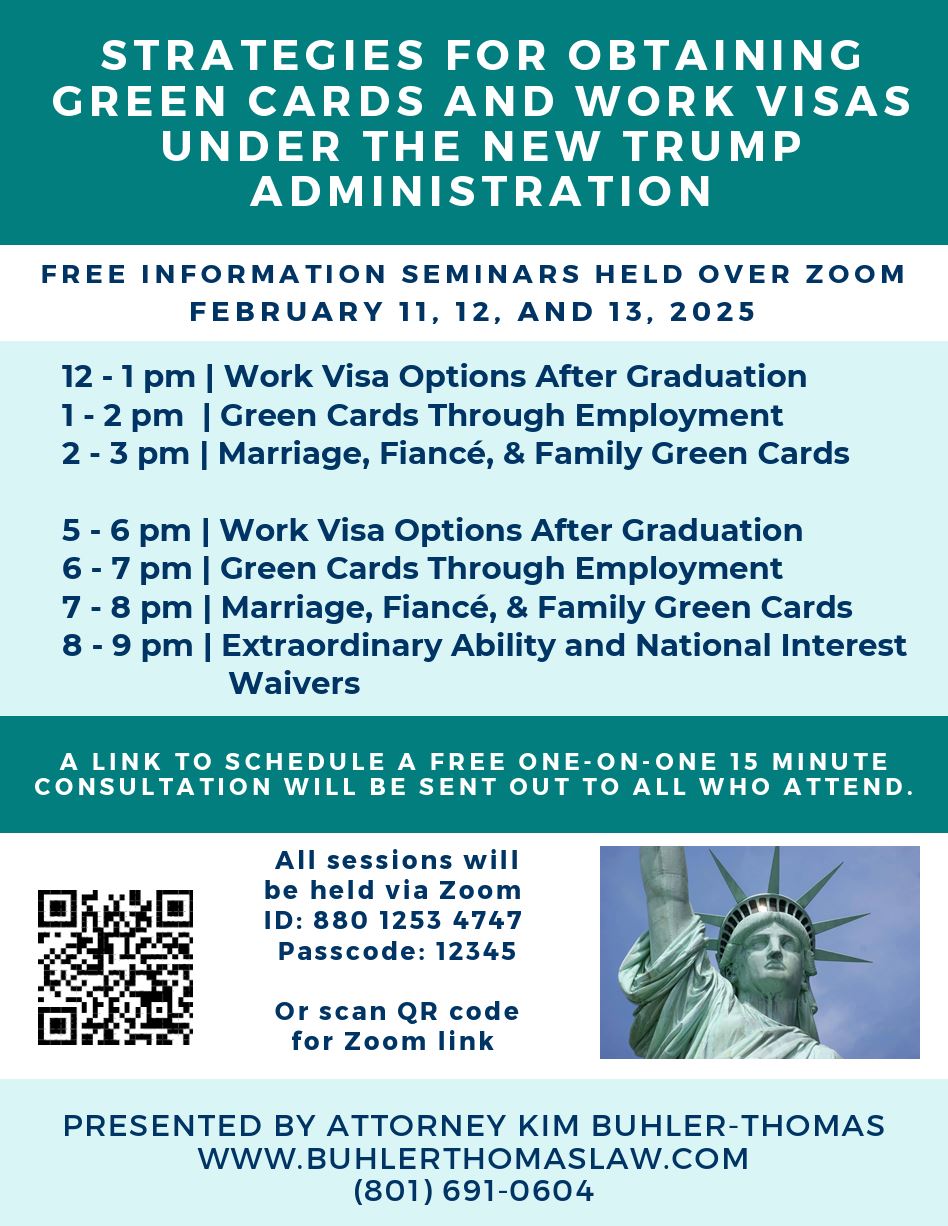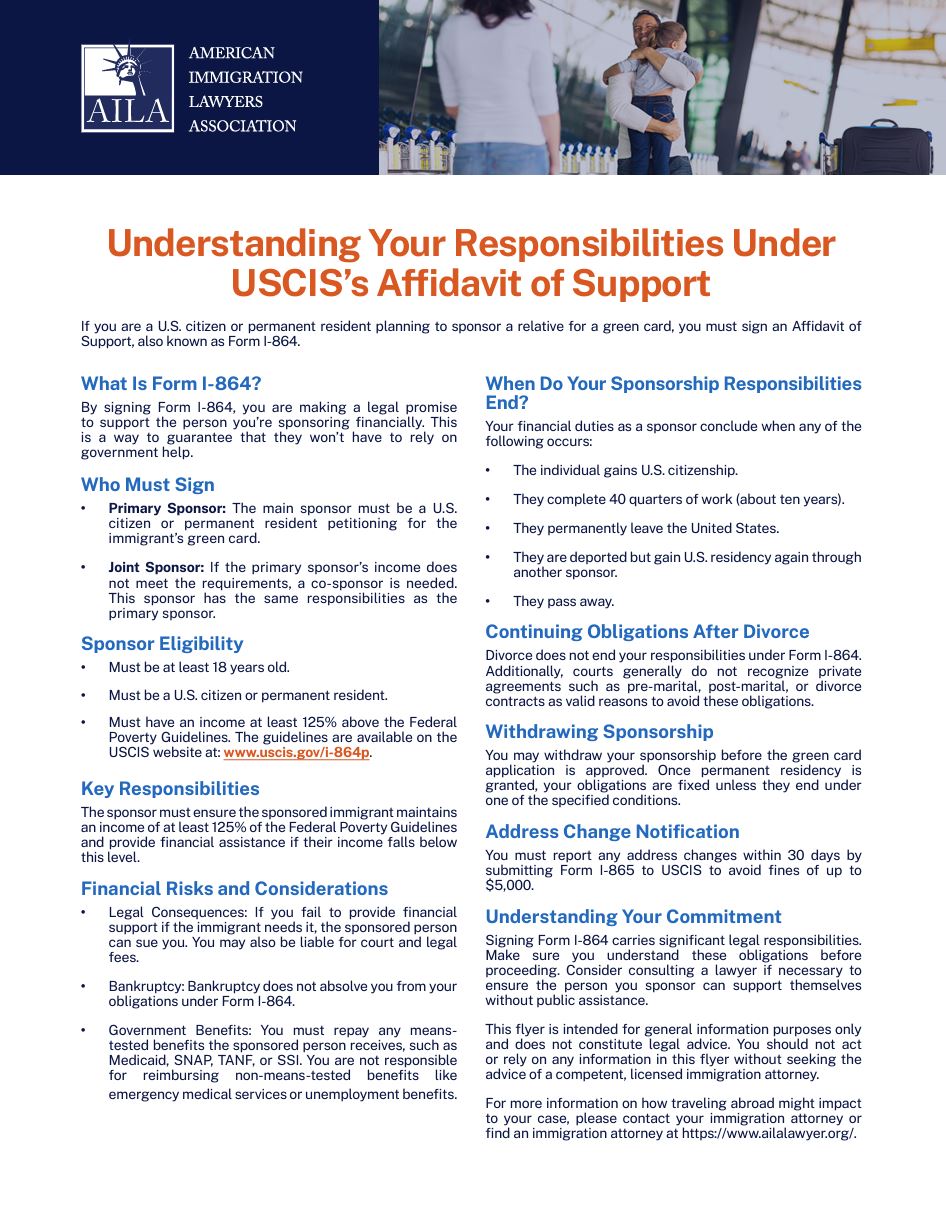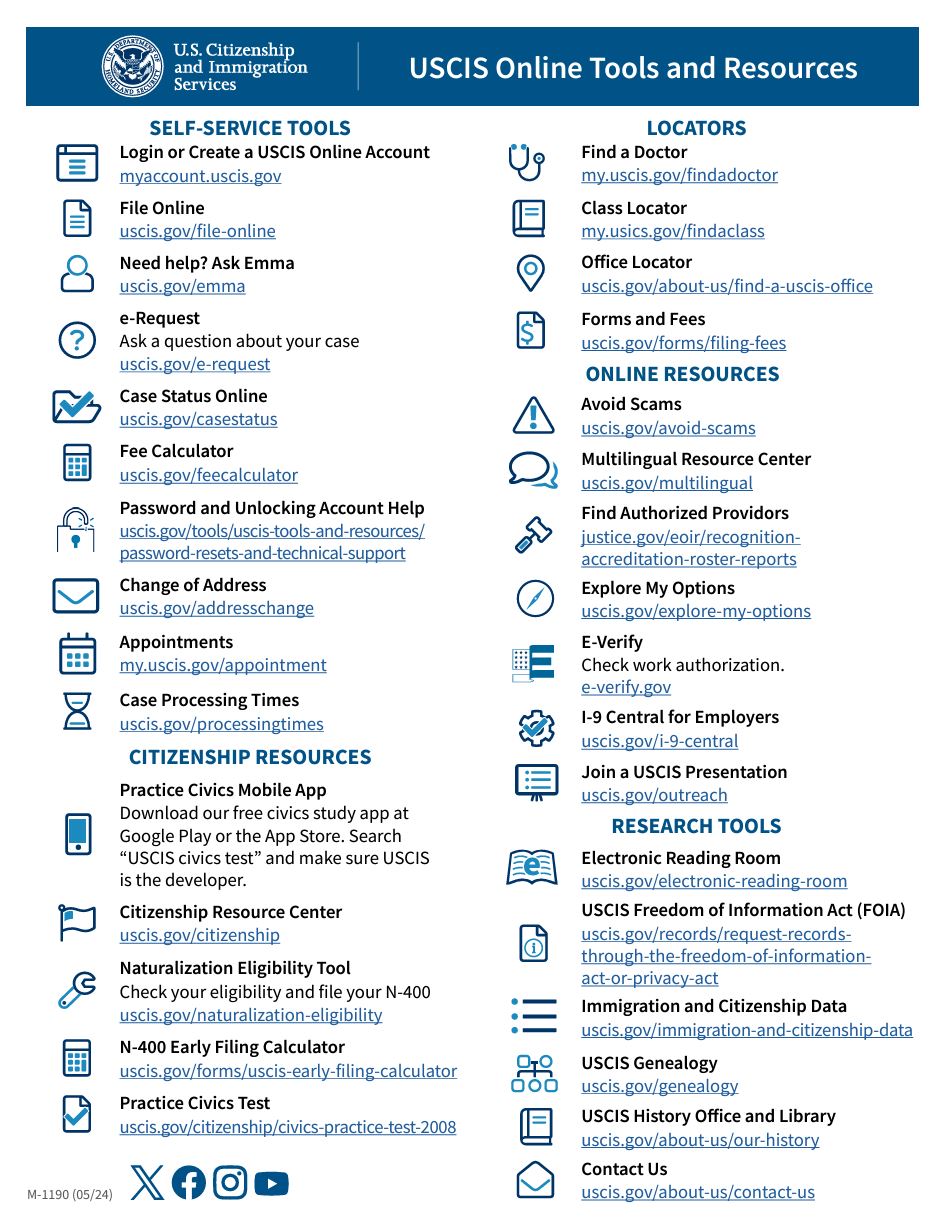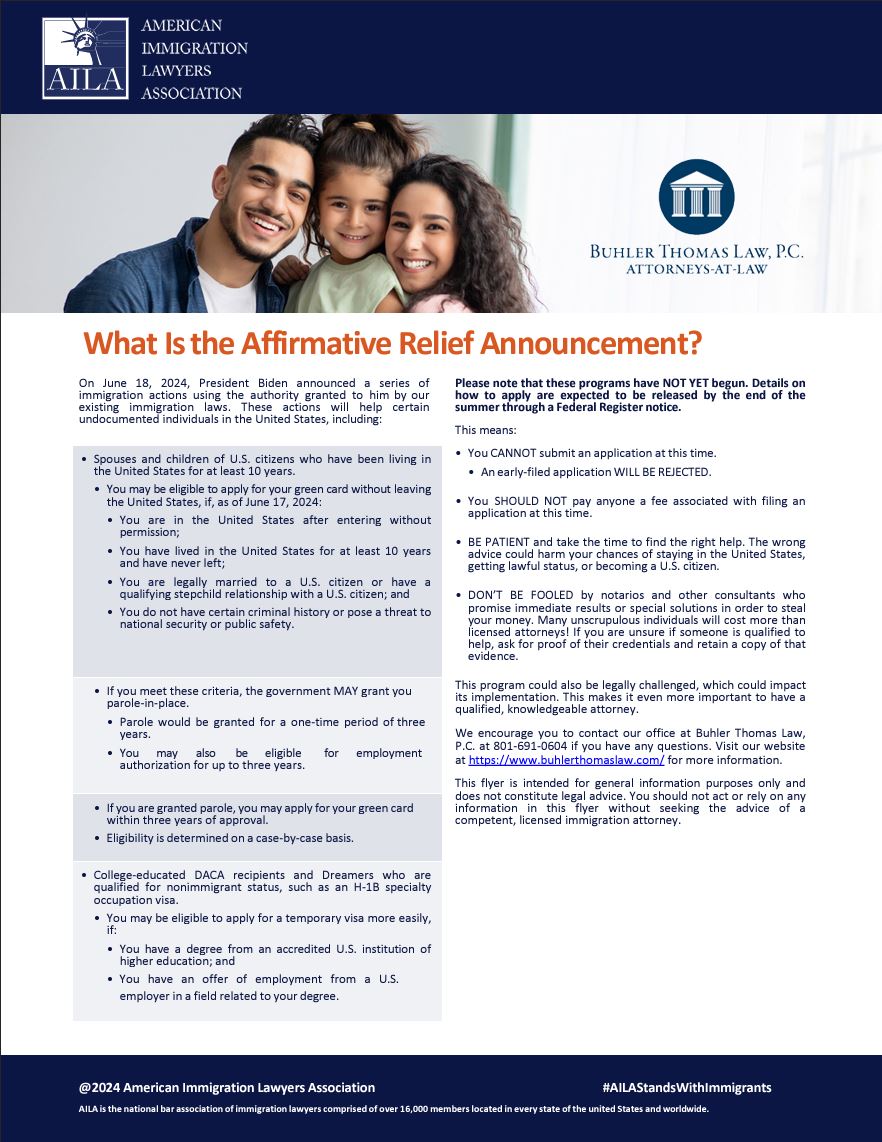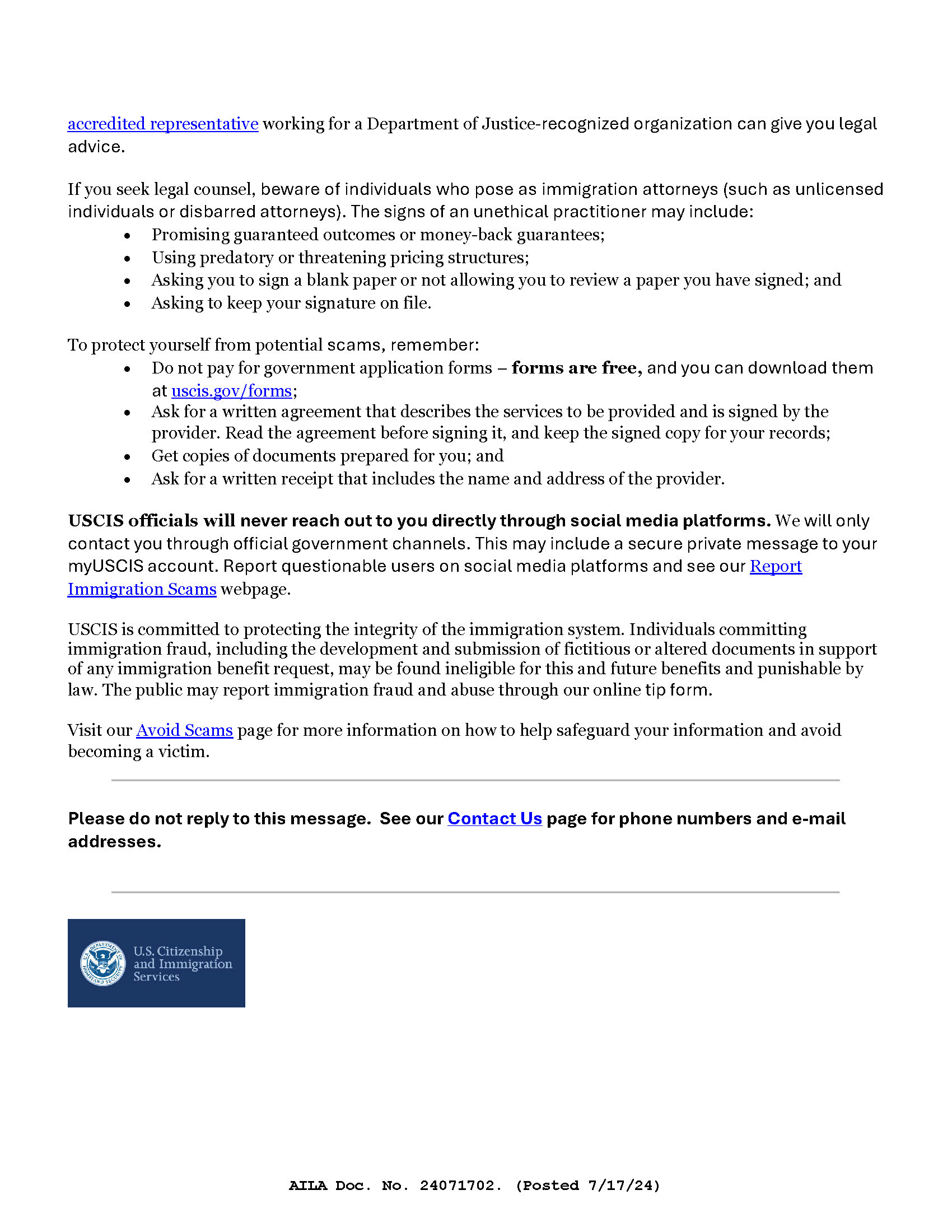I am looking to hire a new employee. A non-citizen on an F1 or J1 student status has applied for the position. How do I employ them?
First, you must check whether the student has applied for and been awarded Optional Practical Training (OPT) employment authorization. The OPT period is valid for 12 months. If the student graduated in a STEM field, they may be eligible for an additional 18-month extension. You could also apply for an H1B or other work visa for them.
I am on a J-1 visa and would like to stay in the U.S. to work. Do I have any limitations?
The J-1 visa allows students to visit the United States as exchange visitors to perform a specific internship, at the end of which they must return to their home country. Check the visa in your passport or the DS-2019 you entered to know if you are subject to the two-year foreign residence requirement. If you are, you must either leave the U.S. for two years or file for a waiver of the requirement.
I am looking to hire a recent grad. They tell me they have OPT for 29 months because they are STEM degree students. What does that mean?
A student in certain science, technology, engineering, and mathematics (STEM) fields can obtain OPT employment authorization for up to 29 months. The STEM extension is an extension of the student’s 12 months OPT for an additional 17-month period. The student’s school recommends granting employment authorization for both the 12-month OPT and the 24-month extension. That means they will be able to work for three years after graduation. The company will have an opportunity to apply for an H-1B on their behalf. If the H-1B petition is not chosen in the registration, you can try again next year.
How do I get a green card through my employer?
The most common path by which non-immigrant employees are granted permanent residence status (green card) involves three steps: filing for a labor certification application (PERM). Then, once a labor certification is approved, the company would file a Petition for Immigrant Worker (I-140), which can be filed separately or concurrently with an Application for Adjustment of Status (I-485).
The labor certification application is the first step in the permanent residence process. The employer must obtain a certified labor certification from the Department of Labor (DOL) that certifies that there are no able, willing, qualified, and available U.S. workers to accept the job opportunity in intended employment and that employment of the foreign worker will not adversely affect the wages and working conditions of similarly employed U.S. workers.
The process involves several sequential tasks completed by the attorney, the employer, and the employee, including identifying the job description/minimum requirements, recruitment, and labor certification filing. Labor certification is not required for the preference category reserved for individuals with extraordinary ability, outstanding professors and researchers, and multinational managers and executives.
After the labor certification application is certified by DOL, the employer submits the approved labor certification to United States Citizenship and Immigration Services (USCIS) along with a Petition for Alien Worker (I-140) and additional documentation attesting that the employee possesses the minimum qualifications stated on the labor certification and that the employer can pay the wage.
Upon the approval of the I-140, the employee files with USCIS an Application to Register to Permanent Residence or Adjust Status (I-485) from their employment-based non-immigrant status to that of a lawful permanent resident, also known as an immigrant visa or green card. The I-485 can also be filed concurrently with the I-140. The only problem is that if the I-140 is denied, you will lose all the fees for the I-485. It’s better to wait until the I-140 is approved before filing for the I-485.
What is a PERM?
The labor certification application is the first step in the permanent residence process. The employer must obtain a certified labor certification from the Department of Labor that certifies that there are no able, willing, qualified, and available U.S. workers to accept the job opportunity in intended employment and that employment of the foreign worker will not adversely affect the wages and working conditions of similarly employed U.S. workers. The process involves several sequential tasks completed by the attorney, the employer, and the employee, including identifying the job description/minimum requirements, recruitment, and labor certification filing. Labor certification is not required for the preference category reserved for individuals with extraordinary ability, outstanding professors and researchers, and multinational managers and executives.
What is an I-140?
After the labor certification application is certified by DOL, the employer submits the approved labor certification to USCIS with a Petition for Alien Worker (I-140) and additional documentation attesting that the employee possesses the minimum qualifications stated on the labor certification and that the employer can pay the wage.
What is an adjustment of status?
Upon the approval of the I-140, the employee files with USCIS to adjust their employment-based non-immigrant status to that of a Lawful Permanent Resident (immigrant visa or green card). The form filed is the Application to Register Permanent Residence or Adjust Status (I-485). Many applicants file for work and travel authorization concurrently. A person should not leave the U.S. without having the travel authorization (advance parole) approved.
What is a “priority date”?
Your priority date is the filing date of the labor certification. The priority date must be before the cut-off date for an immigrant visa to be available.
Why would a green card application be denied?
The U.S. government may deny a green card application for several reasons, including but not limited to mistakes on the required forms, missing documents, insufficient financial resources, or failure to demonstrate eligibility.
Can I work in the U.S. while waiting for my green card?
Anyone with a valid work visa (for example, an H-1B or L-1 visa) can usually continue working in the United States even while applying for a U.S. green card. Otherwise, green card applicants aren’t allowed to start working in the United States until they obtain work authorization.

